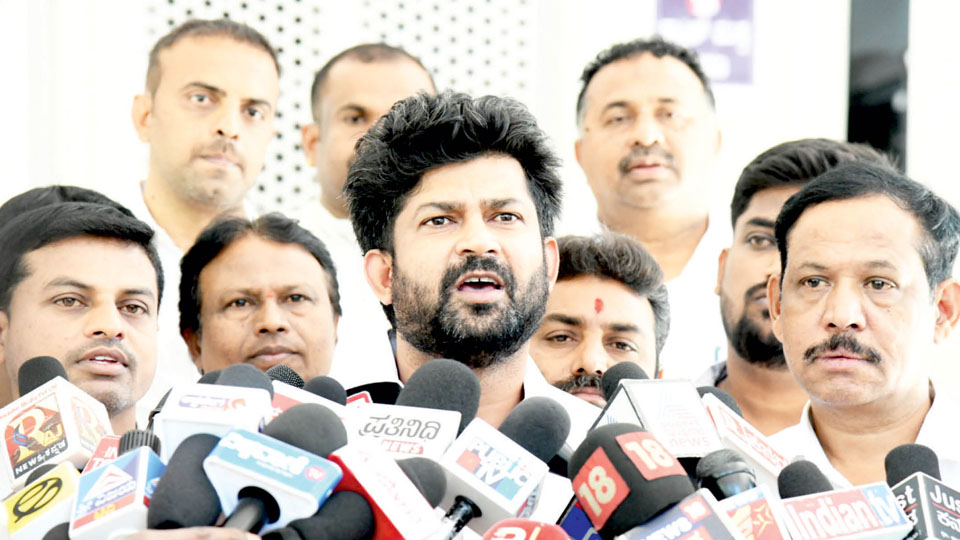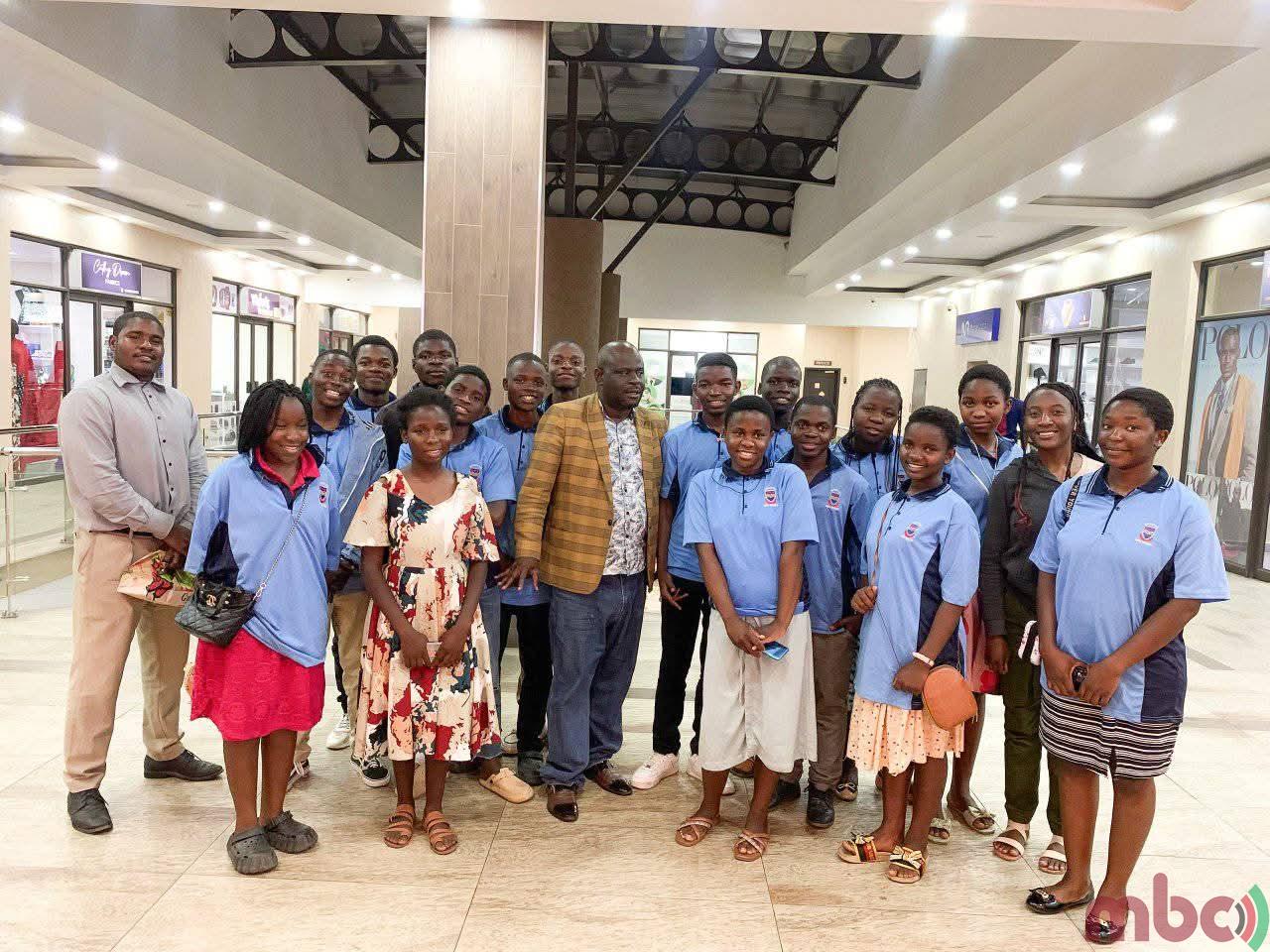To find our way forward, my husband and I went kayaking in one of the most beautiful places I know
By Diane Selkirk Special To The Star
Copyright thestar

Exploring the rugged beach on the eastern flank of Isla Carmen, Baja, I trailed a hermit crab as it dragged its borrowed shell across the sand. Out over Mexico’s Sea of Cortez, a steady breeze had begun to rise, churning up whitecaps and rattling the dry palms surrounding our lunch spot.
The beach, recently calm, was now exposed to a building swell. Our guides and support crew from Sea Kayak Adventures saw the change and began packing up with professional speed.
My husband, Evan, and I walked back to our double kayak, pausing to watch as the waves stirred up the sand. I tugged my life-jacket tighter and tried to steady my breath. As we helped the others in our group of eight push off, my chest constricted. By the time I slid into my seat, my pulse was hammering, and my hands clamped the paddle so tightly they shook.
From behind me, Evan’s voice cut through the wind and water, calm and steady: “Relax your grip. We’ve got this.” A chilly wave broke over the hull as he slid into his seat. “Paddle, paddle, paddle!” he called.
Our strokes found a rhythm, blades digging deep, and the kayak surged forward. Each wave rose up like a test, then fell away as we crested it. Somewhere in the spray and effort, my fear shifted into exhilaration. By the time we reached the smoother, deep-blue water offshore, laughter burst out of me, surprising and free.
I turned back to Evan, trying to catch his eye. Salt streaked his sunglasses, and he was grinning. “This is fun,” I said. And in that moment, with the sea demanding our full attention and carrying us forward together, it was true.
Wilderness adventures aren’t unusual for us. Over our 35 years of marriage, we’ve sailed oceans, hiked remote ranges, kayaked between isolated islands and floated down faraway rivers. We’d even spent two hurricane seasons here in the Sea of Cortez, falling for its stark, demanding grandeur.
But this trip was different. In the past year, my mum had been diagnosed with cancer and then passed away. Evan’s dad died soon after. Both his mum and my dad were slipping deeper into dementia. We’d spent months immersed in caretaking, grief and paperwork. Instead of pulling together, the stresses put an unfamiliar distance between us. So we flew to the small town of Loreto for a five-day kayaking expedition, a holiday we hoped would act as a reset.
The lure of the Sea of Cortez isn’t easy to explain. Photos appear too bright, washing out the tropical-blue waters and rust-red cliffs. From a distance, desert plants look sparse, yet up close the saguaros and mesquite form impenetrable thickets. The reefs are alive with things that bite and sting. And it rarely rains.
Still, it is one of the most beautiful places I know — not in a sentimental way, but in a raw, elemental way. The kind of magnificence that insists you pay attention, that reminds you what it feels like to be alive. Which is why, after our terrible year, I suggested to Evan that we return to a place we’d been happy.
If any place could show us how to move forward together, it was here. And though we usually paddled single boats, grief and exhaustion had taken their toll, and it seemed that sharing the work, stroke by stroke, might make the journey more manageable.
As we paddled along the shore, I kept my eyes on each approaching wave. Sometimes they rose into translucent green peaks, steep enough to knock us sideways. Crossing over a reef, I looked down through the clear water and saw a kaleidoscope of life: the electric orange flash of rainbow wrasse, the yellow stripes of sergeant majors, the silver flicker of coronets.
By the time we rounded the southern tip of Isla Carmen, the wind had dropped. On the western side, it was calm enough to spot three humpbacks swimming in the distance.
On our previous visits to the Sea of Cortez, Loreto Bay National Marine Park, which protects more than 200,000 hectares of the Gulf of California, was still under heavy pressure from illegal fishing and overfishing. We often came across reefs where fishermen had stripped everything: sharks and sea turtles, oysters and octopus.
But this night, after a dinner of fresh fish, we watched in awe as flying rays began leaping in the air, landing with a watery slap as the sky dimmed to a rosy glow. As the stars brightened, our guides spoke of the changes underway in the marine park.
Grassroots organizations like Eco-Alianza were working with fishermen, retraining some for tourism — our chef and support-boat driver among them. There were new no-take zones, co-designed with local cooperatives, which give fish a chance to rebound.
As schools spill into neighbouring waters, catches grow steadier and the fishery supports more families, all while safeguarding biodiversity. And park fees paid by visitors like us fund high-tech monitoring — radar, cameras, even drones — helping rangers keep illegal fishing at bay.
The next morning, Evan and I packed up and loaded our boat in an easy rhythm, built on decades of shared travel. On the water, he slowed before I knew I was tired; I automatically angled the kayak so he could frame the photo he wanted.
It was an ease I’d missed. After months of not knowing how to say how sad it all was, of not hearing each other, we were back in sync.
Later, when we stopped to snorkel, a flock of pelicans dove on a nearby school of fish, and in the distance a pod of dolphins swam by. Marvelling at the abundance, I realized that against all odds, the sea was healing. Patience, love and persistence were bringing it back.



